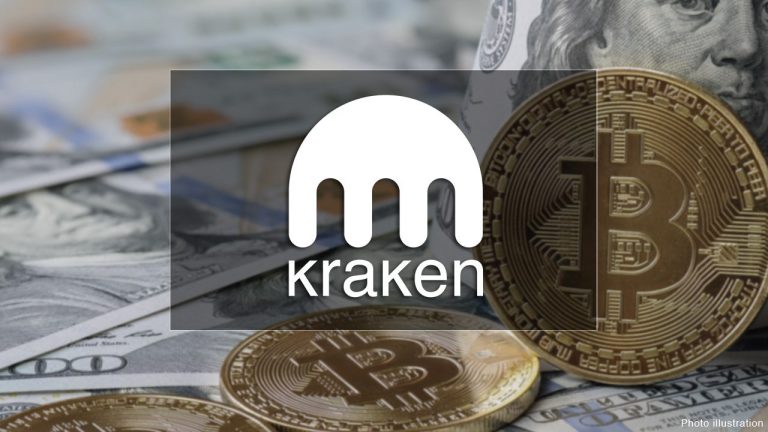
Table of Contents
Show more
Show less
Putting together an e-commerce store requires a strong platform so you can make it work quickly and easily. Magento (now known as Adobe Commerce) is an open-source, scalable e-commerce platform that many companies employ for their online sales. In this article, we’ll break down Magento pricing plans, so you can decide which is best for your needs.
What Is Magento (Adobe Commerce)?
In 2018, Adobe purchased Magento Commerce, an online e-commerce platform, and integrated the software into the Adobe Experience Cloud. Now known as Adobe Commerce, the software can be used to build any size of e-commerce store. You can also customize your store’s themes, functionality and integrations with other software that can help with e-commerce incentives.
In addition to a domain name and hosting, there are add-ons for SEO and marketing, and a variety of extensions to add to the store. Magento also has point-of-sale (POS) providers so you can do in-person sales as well as online.
Magento Pricing Plans
Under the new setup, Adobe is offering two different versions of Magento services:
Magento Open Source
Magento Open Source platform is for free for use, but comes with limited features. It’s great on the budget but requires some technical skills to get up and running. The Open Source plan is free to install and provides the essentials you need to build an e-commerce site. Some of the features include:
- Website builder with drag-and-drop interface provides a beginner-friendly CMS where you can move blocks easily
- Site search and catalog management
- Mobile optimization
- Integrated checkout, payment and shipping options
- App marketplace for extensions and add-ons
Open-source products offer a lot of flexibility—but they also come with certain limitations. You’ll need to pay separately for general website upkeep, backups, your domain name, web hosting and any customizations. The open-source product doesn’t include Payment Card Industry compliance, so you’d need to pay for that separately as well. The total cost will vary depending on which services you choose.
Adobe Commerce
Adobe Commerce is a fully-featured product that includes advanced marketing capabilities, PCI compliance, technical support and other crucial tools.
While Magento previously offered several different products, everything is now rolled into a single product known as Adobe Commerce. Unfortunately, Adobe doesn’t provide details on any plans that may be available under the new branding. You’ll need to provide your contact information and wait for a sales representative to reach out and provide you with a customized quote.
There are other functionalities that level up your e-commerce business when you sign up for Adobe Commerce:
- Visual merchandising: Automatically categorize products by popularity
- Customer loyalty tools: Set up promotions such as pop-up promotions, secret discounts or rewards points for returning customers
- Automatic updates: Software and infrastructure receive automatic updates to the newest system so you don’t have to worry about outdated plug-ins slowing down your website or not being compatible with the latest browsers.
- Page loading priority: For high-volume e-commerce events, you’ll get optimized page loading for high-traffic days with the Content Delivery Network.
- Performance monitoring: You’ll get consistent data about customer journeys and how to make edits to avoid lost sales.
Additional Costs
In addition to the cost of Magento or Adobe Commerce, you have various monthly and one-time costs to consider.
- Web hosting: INR 1,247.66 ($14.99) to INR 3,328.49 ($39.99) per month
- Domain: INR 832.33 ($10) to INR 1,664.66 ($20) per year
- SSL certificate: INR 4,161.66 ($50) to INR 49,939.86 ($600) per year
- Web developer: Hourly cost based on expertise of developer
- Transaction fees: factor in 2% to 4% per transaction for payment platforms and credit card processing fees
The web developer cost is not always necessary if you have an in-house expert, but you should factor that time into your costs for getting the e-commerce operations up and running.
There are also one-time costs to consider:
- Themes: INR 1,414.96 ($17) to INR 33,210.01 ($399) for store theme; INR 416,165.50 ($5,000) or more for customized theme
- Extensions and add-ons: Free to INR 166,466.20 ($2,000) (in Adobe Commerce store)
Magento Cost vs. Competitors
Given the large-scale capabilities and higher cost of Adobe Commerce, it’s best to consider high-volume e-commerce businesses. Magento Open Source can be good for medium-sized businesses that are committed to growing.
E-commerce alternatives for smaller-scale businesses are also very effective. Services such as Squarespace, Shopify or BigCommerce offer cheaper, less labor-intensive e-commerce platforms that have various important functionalities for your business. However, you won’t have all of the higher-level performance monitoring from Magento or Adobe Commerce.
Bottom Line
Adobe Commerce, powered by Magento, is a globally recognized e-commerce platform that large companies use with great success. If you’re looking to invest heavily in a large e-commerce business, it’s a great place to start. See more options in our full comparison of the best e-commerce platforms for small businesses.
Frequently Asked Questions (FAQs)
How much does Magento/Adobe Commerce cost per month?
Although it depends on your store’s volume and how many services it needs, your store can start at around INR 166,466.20 ($2,000) per month. Monthly cost breakdowns should be assessed once you have your annual plan in place.
Which is better, Adobe Commerce or WooCommerce?
It depends on what you’re looking for. Adobe Commerce is great for large e-commerce businesses, while WooCommerce is cheaper and beginner-friendly. Adobe Commerce also has more security measures in place because it’s for larger businesses.
What is the best B2B e-commerce platform?
All of the services in this guide have some sort of functionality that lends itself well to business-to-business (B2B) selling. However, larger companies may want to look into enterprise-level platforms if they sell to other businesses in large monthly volumes.
How much money can I make in e-commerce?
E-commerce businesses can make a lot of money, but the amount will vary depending on the niche, product and competition. A dropshipping business, for example, has low overhead costs and can be run part time, so it has the potential to make a lot of money provided you choose the right product and have a well-oiled marketing system in place. However, businesses that sell physical goods will have higher overhead costs and will need to generate more sales to make a significant profit.







